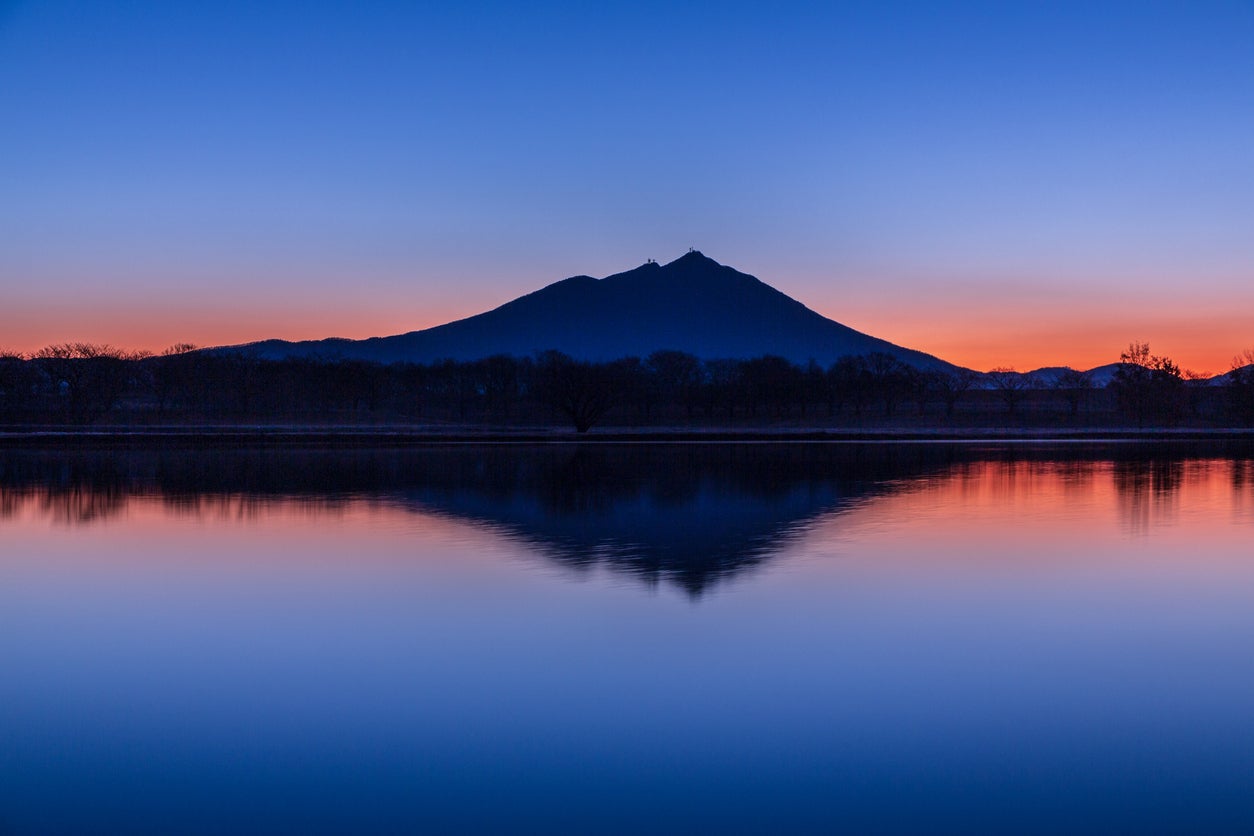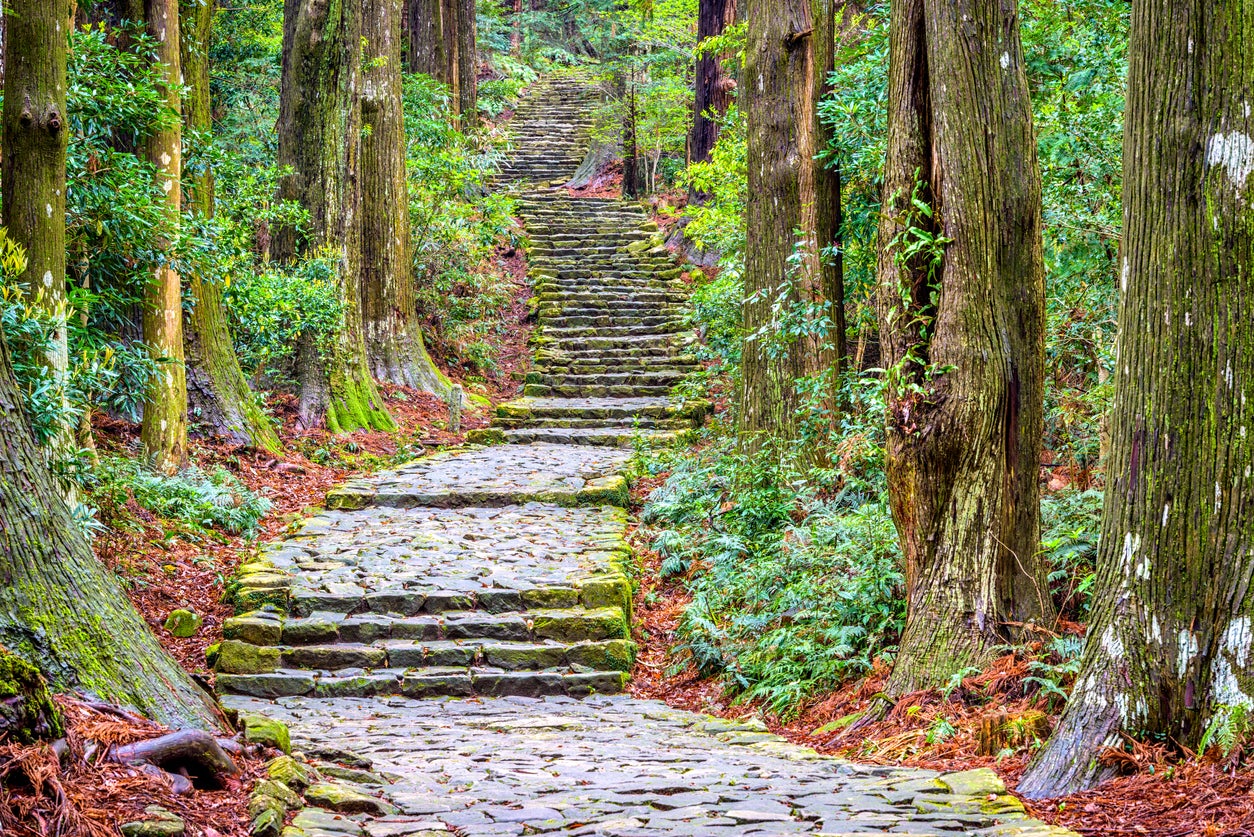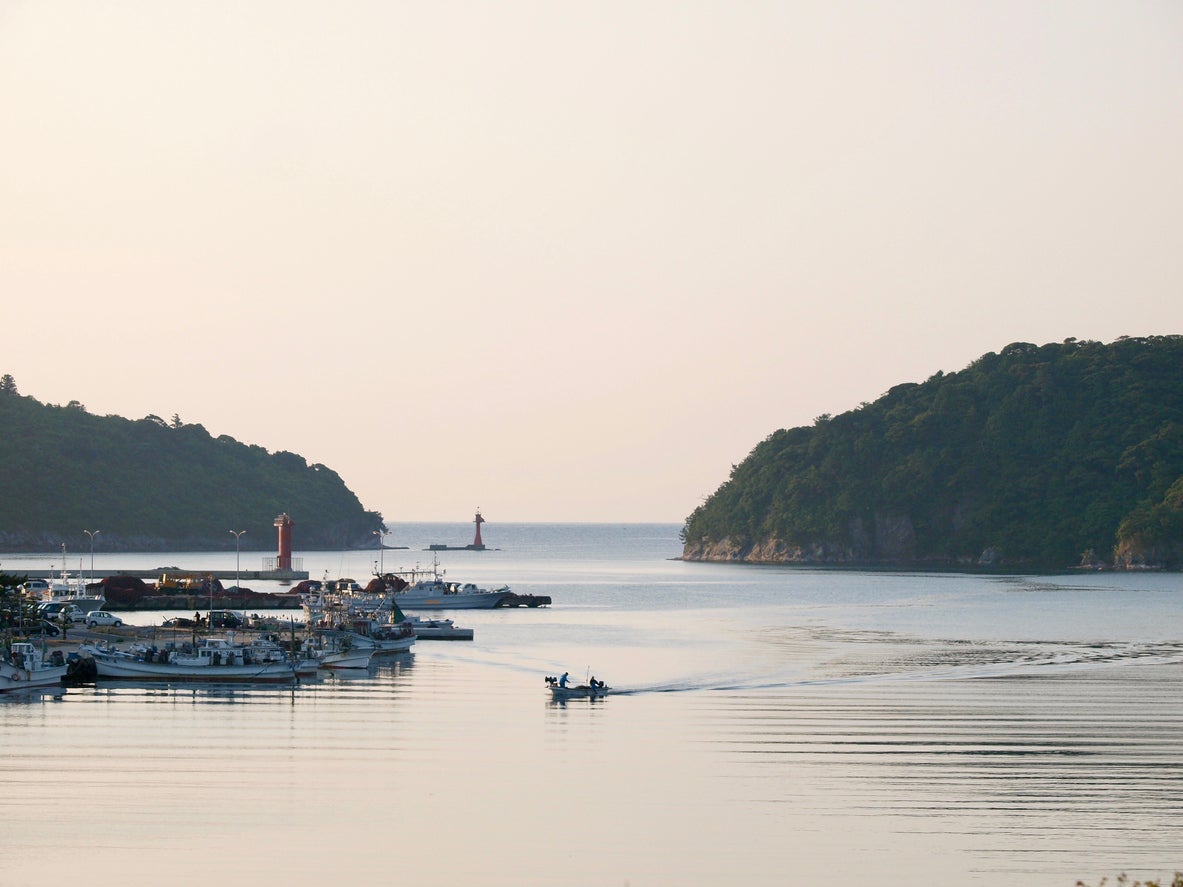The best Japanese destination swaps
As the Asian tourist darling finally reopens to some tourists on organised tours, Rob Goss recommends switching out the biggest draws for these intriguing alternatives

Your support helps us to tell the story
From reproductive rights to climate change to Big Tech, The Independent is on the ground when the story is developing. Whether it's investigating the financials of Elon Musk's pro-Trump PAC or producing our latest documentary, 'The A Word', which shines a light on the American women fighting for reproductive rights, we know how important it is to parse out the facts from the messaging.
At such a critical moment in US history, we need reporters on the ground. Your donation allows us to keep sending journalists to speak to both sides of the story.
The Independent is trusted by Americans across the entire political spectrum. And unlike many other quality news outlets, we choose not to lock Americans out of our reporting and analysis with paywalls. We believe quality journalism should be available to everyone, paid for by those who can afford it.
Your support makes all the difference.It’s official: Japan is finally reopening to some tourists from 10 June. Speaking in Tokyo in May, the Japanese prime minister, Fumio Kishida, said: “We will resume accepting tourists on package tours with guides from the 10th of next month.
“Step by step we will aim to accept tourists as we did in normal times, taking into consideration the status of infections.”
Only those on approved, guided group tours will be allowed in.
But prior to the pandemic, Japanese destinations suffered from a very different issue to no tourists – too many of them. The former capital Kyoto in particular strained under the weight of 50 million domestic and international travellers a year. Good for the economy; not always good for protecting the wa, or harmony.
So, where to go if you want to beat the crowds? Here are some ideas.
Kanazawa instead of Kyoto

Just over two-and-a-half hours by bullet train from Tokyo, on the main island’s north coast, the city of Kanazawa certainly isn’t off the beaten path, but it is great for a less-crowded dose of traditional Japan. The city rose to prominence under the Maeda clan in the Edo era, and under several hundred years of their patronage it became a focal point for art and culture.
Just as Kyoto is full of reminders of its past, so too is modern-day Kanazawa. With Kenrokuen, the city has one of the finest traditional gardens in Japan. In the Nagamachi and Higashi Chaya districts, Kanazawa also rivals preserved areas like Kyoto’s Gion geisha district. Unlike in Gion, in Kanazawa you don’t run the risk of a 10,000-yen fine for taking a photo in the wrong place – a measure Kyoto introduced a few years ago to try to mitigate the impact of overtourism.
In place of Kyoto’s Nishiki market, Kanazawa has the smaller, but excellent Omicho market. Even though the Maeda’s time is long gone, arts and crafts are also still thriving, especially Kaga Yuzen dyeing and Kanazawa gold-leaf work. One touristy touch you will find is super-fine gold leaf sprinkled on ice cream and cakes.
Dewa Sanzan instead of Koyasan
You can stay at temples or shrines at lots of places in Japan. The mountainside temple town of Koyasan in Wakayama prefecture is an increasingly popular option with travellers. Although it’s becoming touristy in parts, staying at one of Koyasan’s 100 or so temples remains a great experience – especially the morning fire ceremonies or an evening walk around the eerie Okunoin cemetery. But if you wanted a spiritual experience off the tourist radar, head to Yamagata prefecture in northern Japan.
Here, on the three peaks of the holy Dewa Sanzan mountains, is where yamabushi ascetics have trained for 1,400 years
Here, on the three peaks of the holy Dewa Sanzan mountains, is where yamabushi ascetics have trained for 1,400 years. Followers of Shugendo, a religion that combines mountain worship, Buddhism, Shintoism and Taoism, yamabushi seek enlightenment by communing with nature. In autumn 2019, I stayed at a pilgrim’s lodge at the base of Dewa Sanzan’s Mount Haguro and joined a monk for a couple of days of training – jumping over fires and wearing nothing but a flimsy loincloth to meditate under a freezing cold waterfall. Not a pretty sight, especially when wet, but an unexpectedly invigorating experience. Anyone can try it.
Ibaraki instead of Nikko and Kamakura

Anyone who knows Japan well might spit out their tea seeing Ibaraki here. Bear with me. Nikko and Kamakura are two of the “classic” Tokyo side trips. As good as they are, they are also frequently packed with tourists. Not Ibaraki. For six consecutive years pre-pandemic, this prefecture a couple of hours east of Tokyo by train has ranked last on one prefectural attractiveness survey. Harsh.
The silver lining to that reputation is that you mostly avoid the crowds there, with the seasonal exception of the lovely Kairakuen garden in Mito when the plum blossoms are in bloom in late February into early March. There’s plenty to do, including bungee jumping from the Ryujin suspension bridge in Hitachi, taking in scenic spots like the 120-metre-high Fukuroda Falls or hiking Mount Tsukuba. You can take some good sake brewery tours too.
Kumano Kodo instead of Mount Fuji

Roughly 400,000 people climb Mount Fuji every year in the summer climbing season, jamming the trails. The routes around Mount Takao in western Tokyo are equally crowded. The ancient pilgrimage trails of the Kumano Kodo in the mountainous Kii peninsula are an entirely different matter.
Pilgrims (and now hikers) have been trekking on these routes to the three great Kumano shrines, about 150 miles south of Kyoto, for more than 1,000 years. While the shrines themselves can get busy, the trails offer solitude. They are beautiful, with gnarled tree roots reclaiming pathways and mossy stone trails winding through towering cedar forests. You could get a taste of it with an easy day hike or go hard for a week, staying at small guesthouses en route.
Oki instead of other islands

Being a nation comprised of more than 6,000 islands – four of them forming most of the total landmass – Japan has no shortage of great islands to explore. I’d happily spend a year in a hammock on the sub-tropical islands of Okinawa. But the Oki Islands are where I’d most like to revisit.
Located 30 miles off the coast of Shimane prefecture in western Japan, the rugged Oki islands were once used as a place of exile – even the Emperor Gotoba was banished here in the 1200s. You don’t come to Oki to work on a tan, but to experience the slow life of Oki’s fishing and farming communities – total population 22,000 spread over four inhabited islands – and for the scenic beauty of its hilly interiors and dramatic oceanside cliffs. And as well as trekking around all that, from late spring into early autumn, you can also sea kayak, dive and snorkel here.
Join our commenting forum
Join thought-provoking conversations, follow other Independent readers and see their replies
Comments